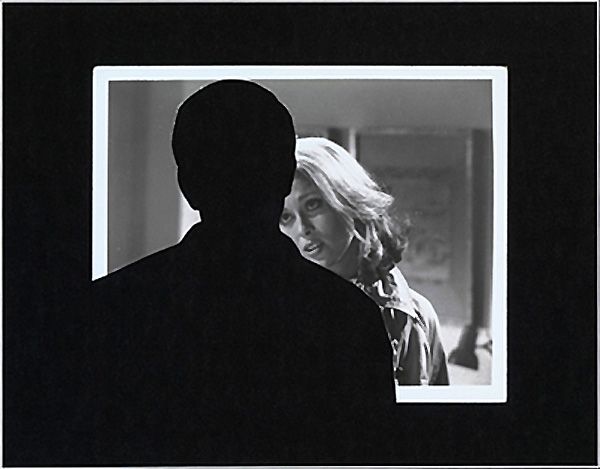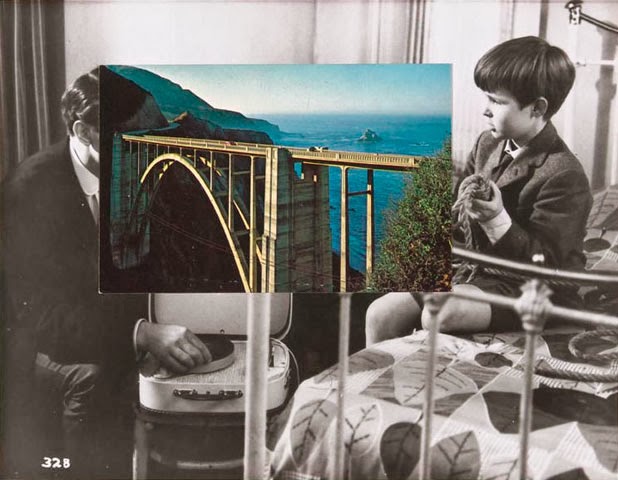The introduction of David Campany’s book So present, so invisible claims that “Photography is the easiest thing to talk about, and for that reason it can be the most difficult.” He comments that people with articulate voices are able to “see past the obvious” and “say something about the profound aspects of the medium”.
An intriguing piece of information that Campany mentions is that photographers seem much more approachable when they were talking freely to others and not addressing him. Something about this format of conversation is freeing since he feels like he was eavesdropping.
Campany is often invited by artists and photographers to write about their practice. He states that a conversation is better than preparing question in advance since he doesn’t want to “interrogate”. This is why he never fully researches in advance since he wants to converse with the photographer and discover more. Campany says that the best moments come when both individuals are clarifying each others thinking. No matter the length of the conversation, nearly all were open ended. No one knew where the conversation might go or where things would end up.
JOHN STEZAKER

John Stezaker has been making collages for over forty years, by combining 2 photographs or by removing an element from one photograph. His art is associated with surrealism, situationism and pop. Stezaker uses familiar materials such as postcard pictures and generic film publicity photos. From these ordinary images he has been able to express his creativity through collages.
Initially his painting were “not as interesting as his collages” and the collages were “not as interesting as the original image”. This led to a crisis in his first year at London’s Slade School of Fine Art, which resulted in him giving up art. Stezaker didn’t know how to improve on his photos because in order for him to be fascinated with an image it had to “already be there, it had to be found”. This is when he began to use a process of collecting, fragmenting and reassembling images as a primary activity. Around this time he also discovered situationism which created justification for what he was doing.
Digression is important to Stezaker because “it is a way of escaping conscious control”. creating collages involves digression and allows a “conscious contemplation of the image in its dream state”.
From the start, he thought of his collages as “cutting into, opening up”. That is why so many of his early titles relate to surgery. He wanted to open up a space that he thought was closed. Somehow the cut also helped to create a feeling of depth.

The photograph is called ‘Bridge’ and is part of Stezaker’s masks series. The image seems to depict the relationship between the child and the man, which I assume is the boy’s father. The boys seems to be showing something and he attentively watches. I instantly made the assumption that the boy and the man are related due to their positioning; Their gaze is towards one another, they are close to each other and they seem to be in the boys room.
The black and white image and the photo of the bridge combine together well since they appear like they are meant to be together. The smaller image is vibrant and there may be a deeper meaning behind the choice of this photograph. The placement of the bridge reinforces this assumption.
The section of the bridge closest to the father is more complex in structure. This could be a reflection of the man since fathers are complex and have greater life experiences. Whereas the bridge in the sons direction is simpler in structure as he has yet to face these hardships since he is only a child. He doesn’t have any responsibilities yet and therefore does not need extra support.
The photograph could also represent a shared memory between father and son; A memory of a holiday perhaps since the image depicts a landscape.
A bond between a father and his son is strong and usually starts from an early age. The bond one would have with their father would be completely different to one had with a mother. I feel like the photograph touches on the subject of bonding and appreciating time together.
When I first explored his work I thought he simply placed one image on top of the other. However upon further inspection, I found that was not the case at all. I like how he has chosen to combine old images with different aspects of nature or architecture. Though at first glance it seems like they are just two separate images, you come to realise that the images fit together perfectly.


